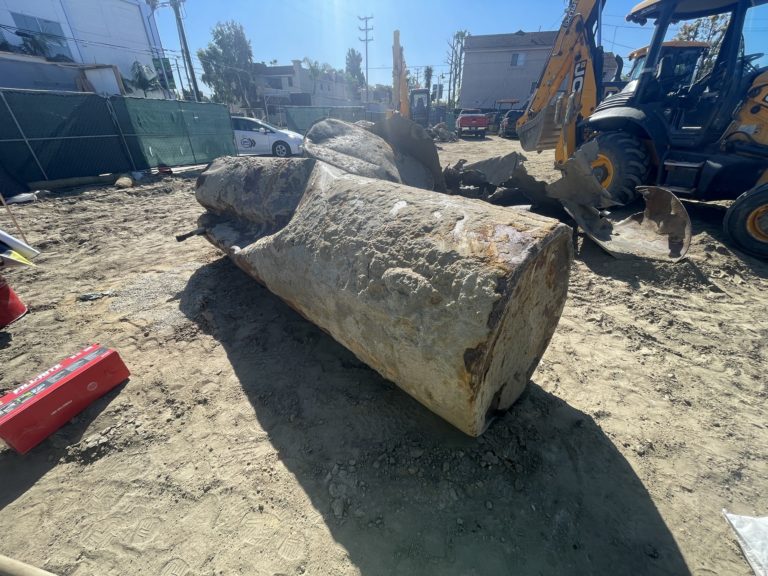Normal Fault
Normal Fault: In the field of geology, a normal fault is a type of dip-slip fault where the hanging wall moves downwards from the footwall. The average dipping angle of a normal fault ranges from 45 to 90 degrees. Normal faults are the opposite of reverse faults.

Detachment Fault
Detachment Fault: A detachment fault is a type of normal fault with a low-angle of dip. It is common during occurrences of regional extension.



